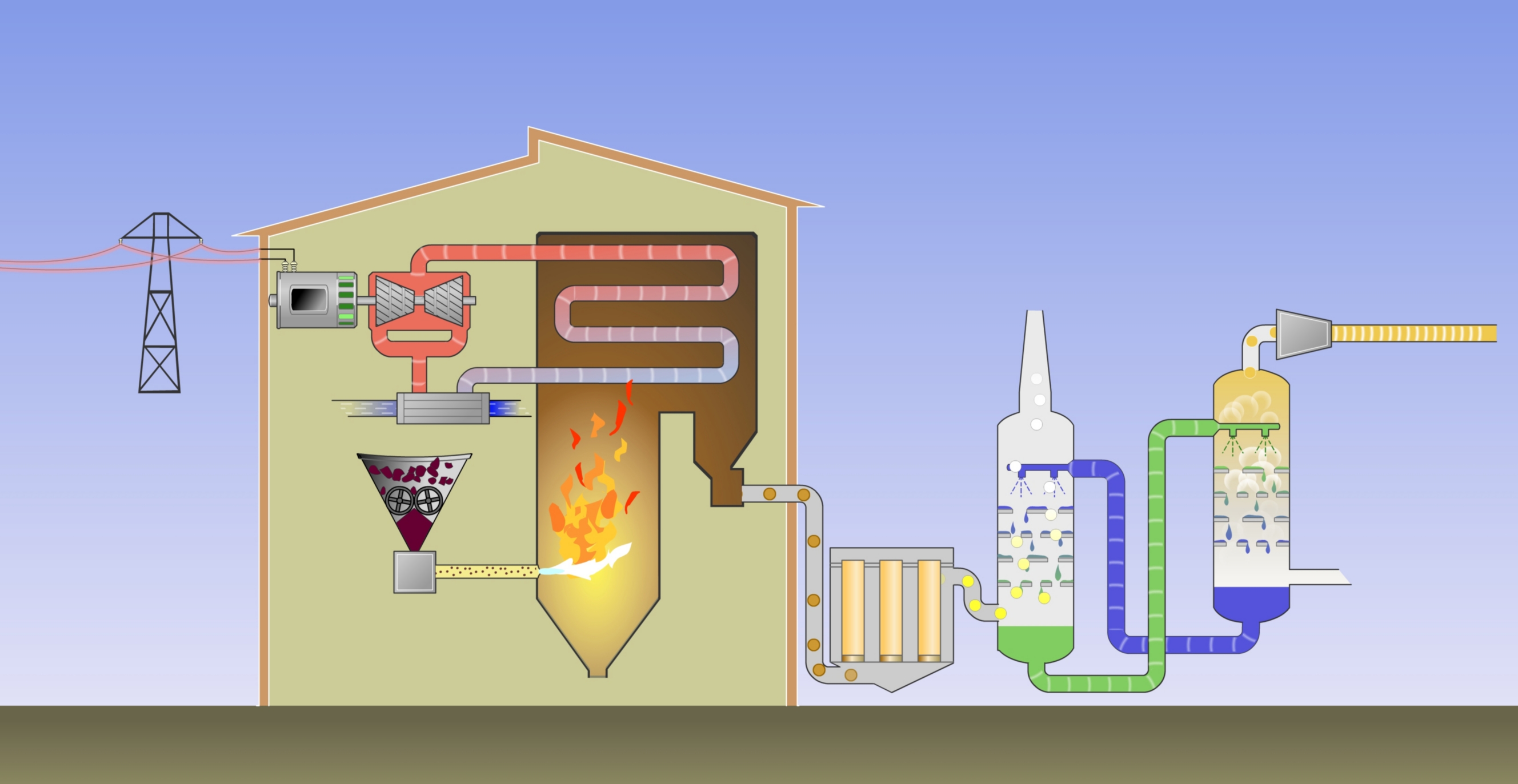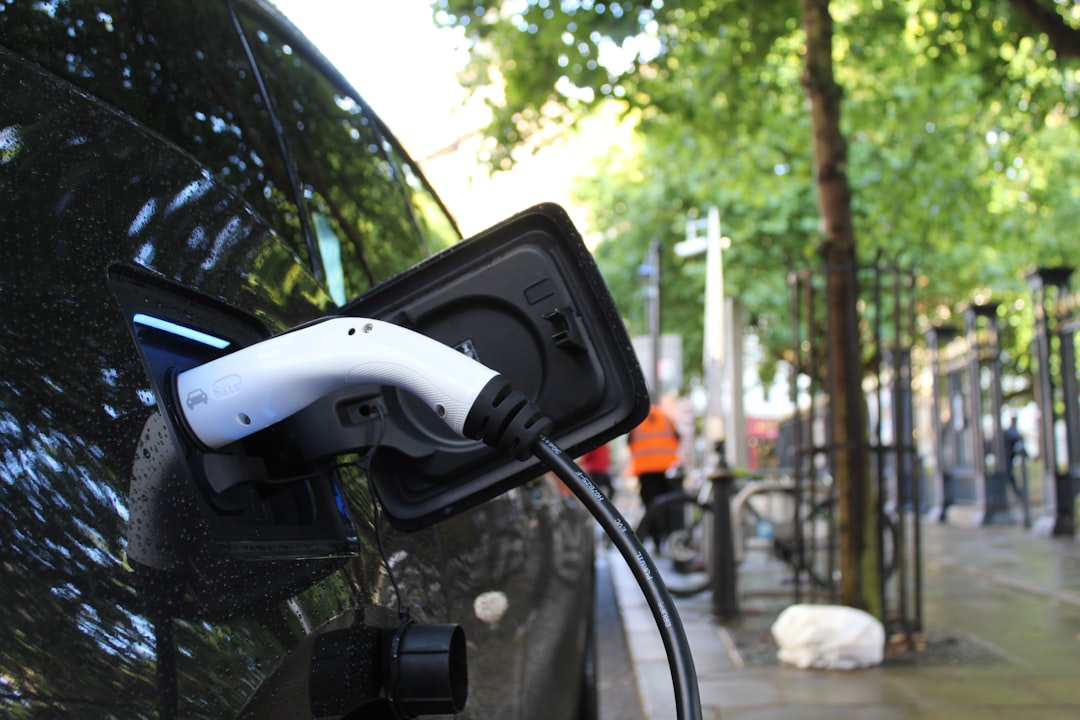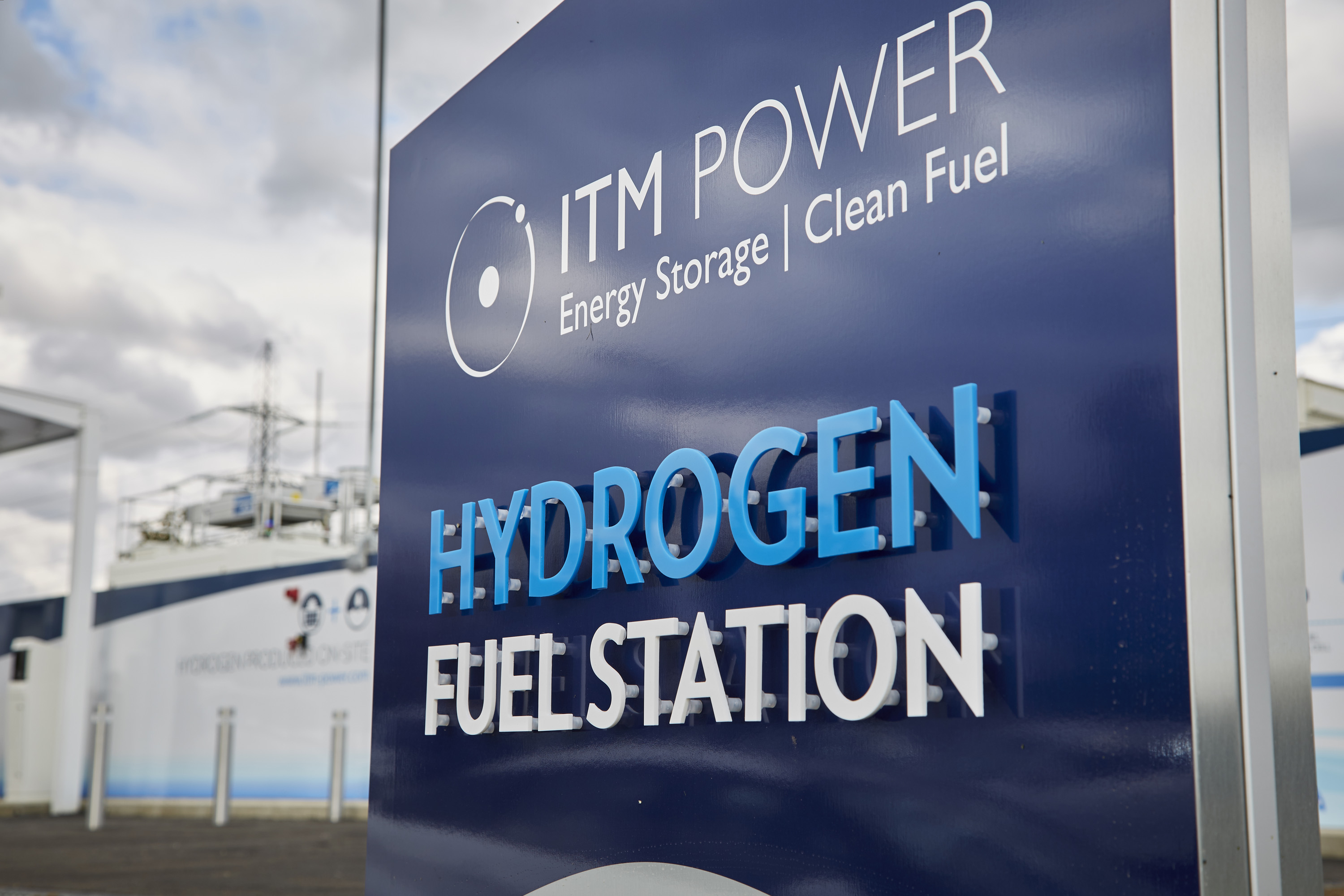Carbon Capture and Storage: The Expensive Band-Aid

Carbon capture and storage technology has been touted as the silver bullet for climate change, but the numbers tell a different story. According to the International Energy Agency’s 2024 report, global CCS capacity stands at just 45 million tons of CO2 annually, while we emit over 37 billion tons each year. That’s like trying to empty the ocean with a teaspoon.
The Petra Nova project in Texas, once hailed as a breakthrough, was shut down in 2020 due to economic unfeasibility. The facility cost $1 billion and captured only 1.4 million tons of CO2 annually before becoming too expensive to operate. Recent studies from MIT show that current CCS technology costs between $400-600 per ton of CO2 captured, making it economically unviable at scale.
Even more concerning is the energy penalty these systems create. CCS facilities require 15-30% additional energy to operate, meaning power plants become less efficient overall. The Global CCS Institute’s 2024 status report revealed that of 61 commercial CCS facilities worldwide, only 30 are actually operational, with many others cancelled or indefinitely delayed due to cost overruns and technical challenges.
Electric Vehicle Mass Adoption: The Grid Reality Check

Electric vehicles are often presented as the ultimate climate solution, but the infrastructure reality paints a more complex picture. The U.S. Energy Information Administration’s 2024 data shows that 60% of American electricity still comes from fossil fuels, meaning many EVs are essentially coal or gas-powered vehicles with extra steps.
China, the world’s largest EV market, generates 57% of its electricity from coal according to the National Energy Administration’s latest figures. When factoring in the carbon intensity of electricity generation, a study published in Nature Energy in late 2024 found that EVs in coal-heavy regions like Poland and India actually produce more lifetime emissions than efficient hybrid vehicles.
The manufacturing emissions tell another troubling story. Tesla’s 2024 impact report revealed that producing a Model 3 battery pack generates approximately 4.5 tons of CO2 equivalent. For comparison, that’s equivalent to driving a conventional car for about 15,000 miles. The International Council on Clean Transportation found that it takes 2-3 years of driving before an EV breaks even on emissions compared to a conventional vehicle, assuming clean electricity sources.
Massive Reforestation Projects: The Monoculture Mirage

Tree planting initiatives have captured public imagination, but many large-scale projects are backfiring spectacularly. Pakistan’s “Billion Tree Tsunami” project, launched with great fanfare, has seen survival rates as low as 20% in some regions according to the country’s own audit reports from 2024. The project planted fast-growing, non-native species that actually displaced local ecosystems and failed to establish sustainable forests.
Similar problems plague projects worldwide. The World Resources Institute’s 2024 analysis of reforestation efforts found that monoculture plantations often store 40-50% less carbon than natural forests and provide virtually no biodiversity benefits. In Brazil, eucalyptus plantations established under carbon offset programs have been criticized for depleting local water tables and creating “biological deserts.”
The carbon accounting is equally problematic. A study published in Science in early 2025 found that many reforestation projects count planted trees as immediate carbon sequestration, when in reality it takes 20-40 years for trees to sequester meaningful amounts of carbon. The research showed that 60% of commercial tree-planting operations fail to account for natural mortality rates, leading to grossly inflated carbon credit claims.
Hydrogen as Universal Fuel: The Energy Efficiency Black Hole

Hydrogen has been marketed as the clean fuel of the future, but the thermodynamics are unforgiving. The process of producing, storing, and using hydrogen for transportation results in an overall efficiency of just 25-35%, according to the International Renewable Energy Agency’s 2024 technical report. In comparison, battery electric vehicles achieve 80-90% efficiency from grid to wheels.
The much-hyped “green hydrogen” faces even steeper challenges. The European Union’s 2024 hydrogen strategy progress report shows that producing one kilogram of green hydrogen requires 50-55 kilowatt-hours of renewable electricity. That same electricity could power an electric car for approximately 200 miles, while the hydrogen would power a fuel cell vehicle for only 60-70 miles.
Real-world deployment has been underwhelming. California’s hydrogen fueling network, built with $200 million in public funding, serves fewer than 9,000 vehicles as of 2024. Many stations frequently run out of fuel or shut down for maintenance, creating a chicken-and-egg problem that has persisted for over a decade. Japan’s ambitious hydrogen society goals have been repeatedly scaled back, with Toyota reducing its fuel cell vehicle targets by 80% since 2020.
Biofuels from Food Crops: The Hidden Land Use Disaster

Corn ethanol and biodiesel from crops like palm oil and soy have been promoted as renewable alternatives, but they’re creating more problems than they solve. The U.S. Environmental Protection Agency’s 2024 lifecycle analysis found that corn ethanol produces only 10-15% fewer emissions than gasoline when accounting for land use changes and farming inputs.
The situation gets worse when considering indirect land use change. When farmland is diverted to fuel production, new agricultural land must be created elsewhere, often by clearing forests or grasslands. A comprehensive study published in Environmental Research Letters in 2024 found that U.S. corn ethanol actually increases net carbon emissions by 24% when these factors are included.
The scale of land required is staggering. The International Food Policy Research Institute calculated that meeting just 10% of global transportation fuel needs with crop-based biofuels would require converting an area larger than France to fuel crops. This displacement has already contributed to food price volatility, with the UN Food and Agriculture Organization linking biofuel demand to a 15% increase in global grain prices between 2020 and 2024. The opportunity cost is enormous – the same land could sequester more carbon through reforestation or sustainable agriculture practices.
- How Meteorologists Predict Storms Using Satellite Data - October 3, 2025
- What Causes Rainbows And Why They’re Always Curved - October 1, 2025
- 3 Industries Face Crushing New Tariffs as Trade War Escalates - September 28, 2025

